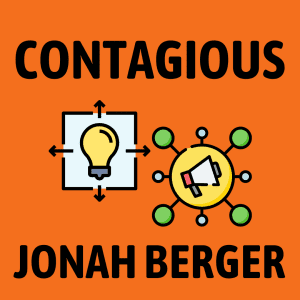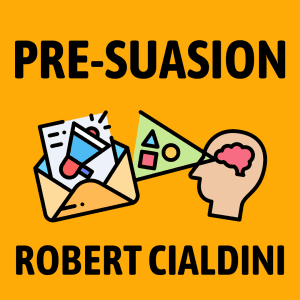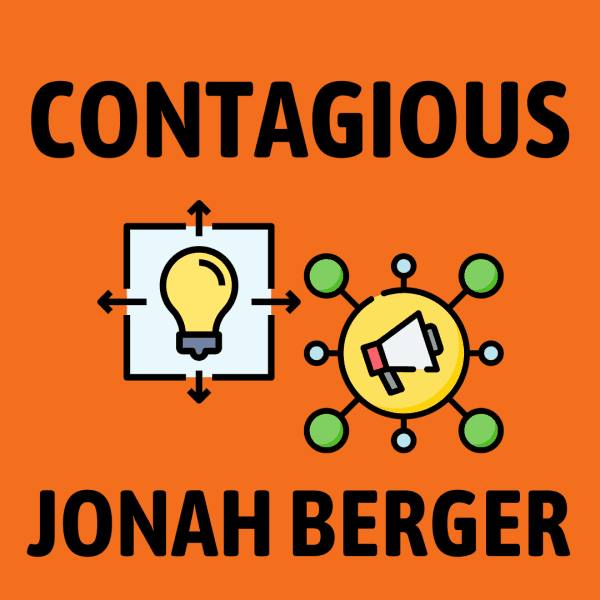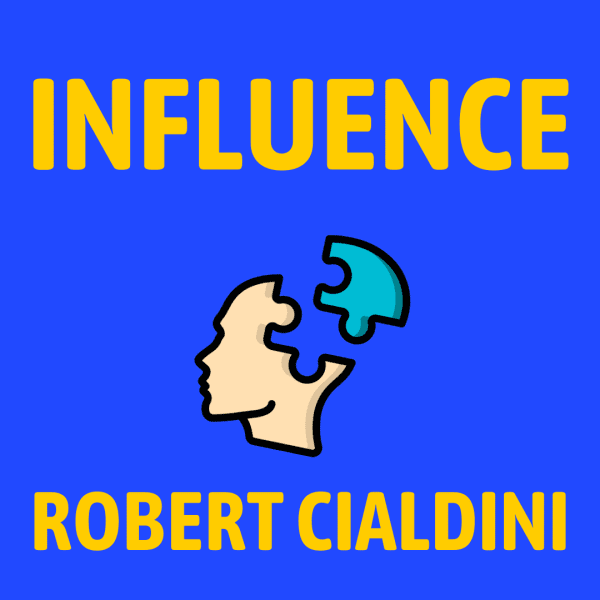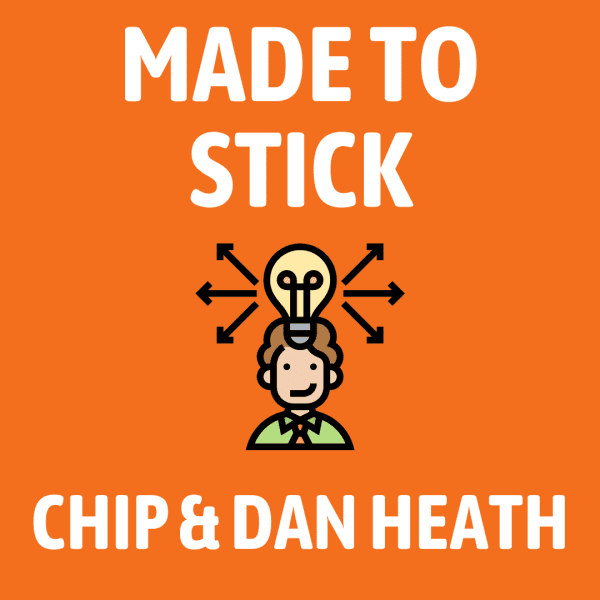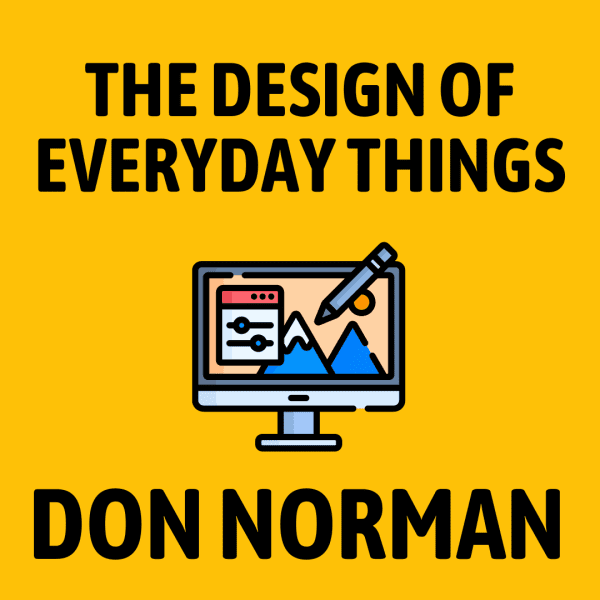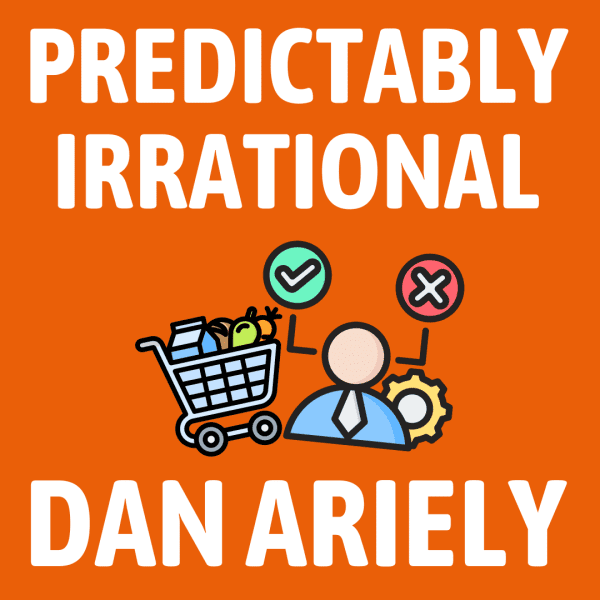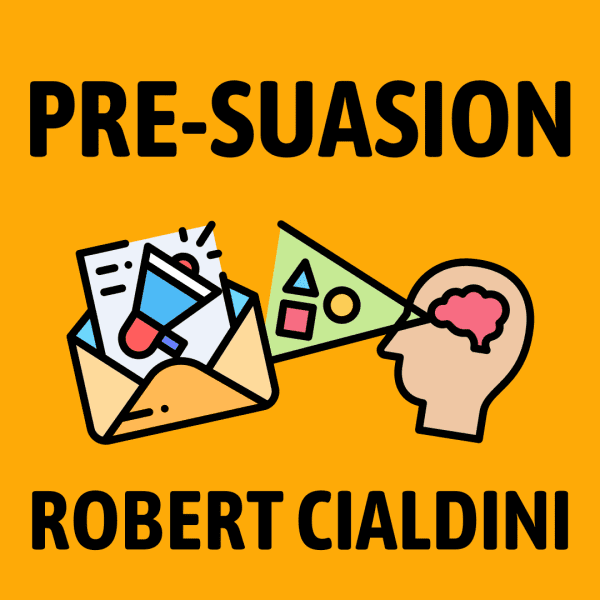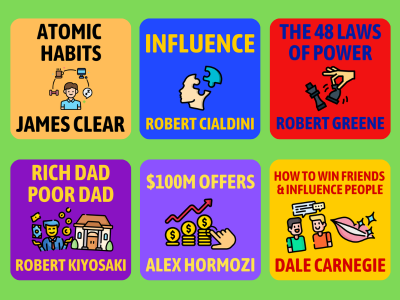Contagious by Jonah Berger is a great read for anyone into marketing, influence, or the psychology of consumer behavior.
It explores what makes people share.
In other words: why do certain products, ideas, or content 'go viral'?
A lot of research is simplified into 6 key principles: social currency, triggers, emotion, public, practical value, and stories.
Why read it?
Ever open up Facebook and wonder why your post got two likes while your friend's got a hundred?
This book is a deep dive into the research of what makes people want to share and spread ideas.
Perfect for anyone that wants to capture more attention in our age of algorithms and social media apps.

